Do you have NAIDOC Week activities lined up for your classroom yet? Every July, NAIDOC Week gives us a chance to celebrate the history, culture and achievements of Aboriginal and Torres Strait Islander peoples, and with so many different aspects to cover, we know it can be difficult to find a focus for your school activities.
Do you focus on Aboriginal art with your year 1 students? Explore the topic of land rights and the Mabo decision with your year 6 class? What activities will make the most of your time during this important week?
The Teach Starter teacher team has sat down to compile some of our favourite NAIDOC Week activities for kids that can have a real impact in the classroom — from reading picture books written by Aboriginal and Torres Strait Islander authors to teaching about the first inventions. Read on for ideas to put in place in your classroom this year!
How to Acknowledge NAIDOC Week With Kids
Create a School Garden of Support
Teacher Caitlyn Phillips — known on Instagram as @teaandcountryteaching — gave us this idea for a NAIDOC Week garden of support based on an activity she completed with her class for Sorry Day.

Using these diversity craft templates, have your students either cut out the heart template, hand template or person template. Students can then decorate their template and write a pledge of how they are going to continue to help embed First Nations perspectives into their everyday lives.
Once they are done, the templates can be laminated and mounted on skewers to be ‘planted’ in your school garden, so anyone who walks by can see their pledge!
Plan a NAIDOC Week Assembly
Do you have a school assembly planned for NAIDOC Week? There are heaps of ways to celebrate, including:
- Invite an Elder from your community to come in and share a story.
- Use this NAIDOC Week PowerPoint to teach students about the history of this country-wide event.
- Have class groups share some work they have done in class to celebrate NAIDOC Week.
Read Books by Aboriginal & Torres Strait Islander Authors
Whether you’re using assembly time for your principal to read some books created by Aboriginal and Torres Strait Islander authors this NAIDOC Week or you’re looking for some ideas for books to read in your own classroom, here are a few favourites from our teacher team!
- Welcome to Country by Aunty Joy Murphy Wandin — In this beautiful picture book, Aunty Joy Murphy Wandin, the senior Aboriginal elder of the Wurundjeri people, teaches readers about the Wurundjeri Wominjeka (welcome) as well as the significance of welcoming ceremonies to First Nation communities.
- This Book Thinks Ya Deadly!: A Celebration of Blak Excellence by Corey Tutt — NAIDOC Week is a time to celebrate Blak excellence, and this collection of profiles of First Nations people who are doing ‘deadly’ things gives teachers an easy way to do just that! Pick and choose profiles to read to your class, and allow students to peruse the pages on their own to find inspiration in the stories.
- Birrarung Wilam: A Story from Aboriginal Australia by Aunty Joy Murphy Wandin — In another book by Aunty Joy Murphy Wandin, students learn the story of the beautiful Yarra River from prehistory to today.
- Mooie’s Stories by ‘BurWhela’ Ros Kneebone-Dodson – ‘BurWhela’ Ros Kneebone-Dodson shares stories of Djarra Country Dreamtime (Malamiyayu Gurang) that she learned from her mother, Mooie, in this beautifully illustrated picture book.
Create a Class Acknowledgement of Country
If you haven’t yet created an Acknowledgement of Country with your class, set aside some time during NAIDOC Week to do just that!
Participating in an Acknowledgement of Country is an effective way of helping students develop awareness and respect for the ongoing relationship that Aboriginal and Torres Strait Islander peoples (the traditional custodians) have with their land. The practice can be done by anyone, at any time.
This video from Reconciliation Australia beautifully illustrates how and why you and your students can create a unique Acknowledgement of Country. The words and actions you and your students share can reflect the age of participants, the lands on which you stand and the feelings you all wish to acknowledge. It is definitely worth taking the time to view this video if creating your own Acknowledgement of Country is of interest to you.
The simple wording on this printable Acknowledgement of Country poster can be recited by students each day, and by staff and community members at meetings and events as a way of acknowledging that their activities are taking place on Aboriginal or Torres Strait Islander land.
You can also download an editable version to acknowledge the specific language group whose land your school is on.
Focus on the Flag
Do your students know why there is often another flag flying high with the Australian national flag? If not, NAIDOC Week is the perfect time to explain why … and to explore the symbolism of the Australian Aboriginal Flag, its three distinct colours and its history.

Adelaide prep teacher Tash Bright shared this activity you can replicate in your classroom! Older students can create their own Australian Aboriginal Flag using red pistachio shells and black seeds surrounding yellow paper.
Get the Aboriginal Flag poster from her display!
Celebrate NAIDOC Week Award Winners
Each year the National NAIDOC Committee holds an awards ceremony to recognise the achievements of Aboriginal and Torres Strait Islander peoples.
You can view past winners of the National NAIDOC Awards and use their stories as a springboard for students to learn more about Aboriginal and Torres Strait Islander peoples who have made a significant contribution to improve the lives of First Nations people in their communities and beyond, to promote Indigenous issues in the wider community, or have shown in their chosen field.
Students can write a biography about a First Nations Australian who has made a significant contribution to their field.
Get Collaborative
NAIDOC Week is a good time to bring your students together to create a collaborative art project focused on celebrating the Aboriginal and/or Torres Strait Islander communities. Teacher Miss Thy shared this display she made on her classroom window after using this NAIDOC Week Collaborative Art template to teach her Year 2 learners about the significance of NAIDOC Week and to explore First Nations symbols.

Download your own version of the art template for free!



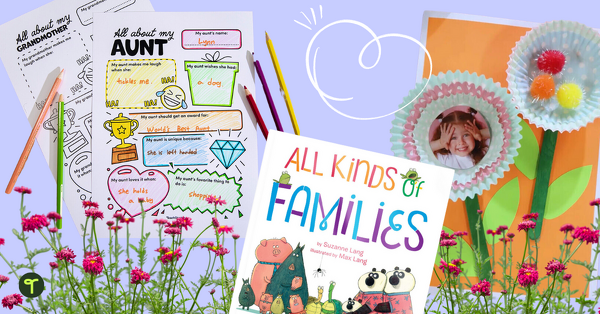
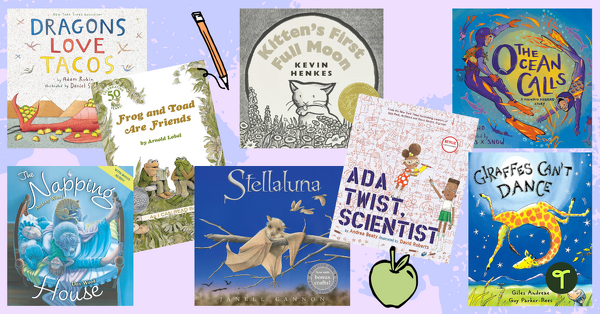
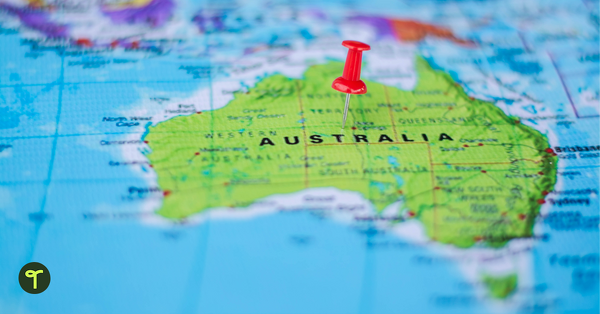
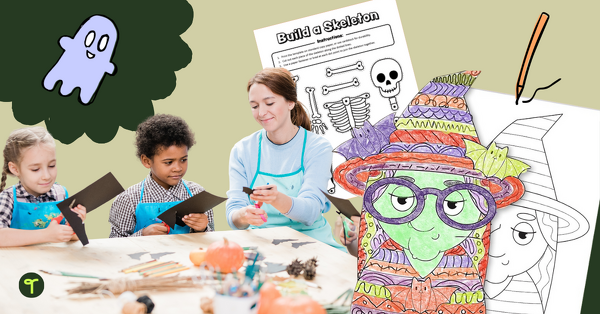
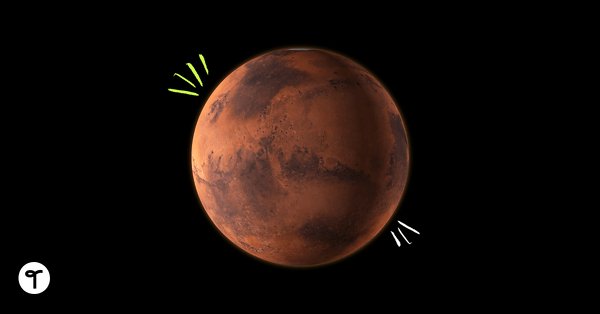
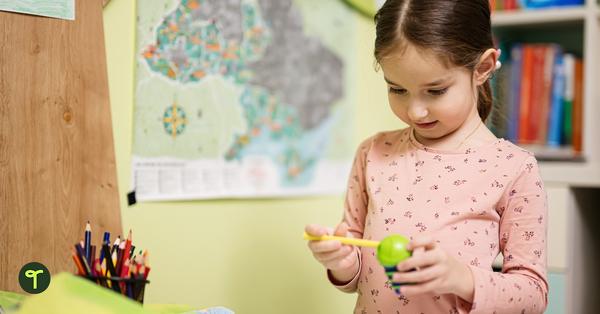
this is a great book, but be mindful that it is not actually told from an Aboriginal perspective. The story is a European impression of where and how a non specified mob might have lived. ie be aware that although a nice story, it is not the authentic true voice of an Aboriginal or Torres Strait Islander
Thanks for your comment, Anne-Marie. This is definitely something to be mindful of. We have also partnered with Wingaru Education to produce a 12 Books For Sharing Indigenous Culture blog (https://www.teachstarter.com/au/blog/12-must-have-books-for-sharing-indigenous-culture/) and the accompanying resource Books for Sharing Indigenous Perspectives – Poster (https://www.teachstarter.com/au/teaching-resource/books-for-sharing-indigenous-perspectives-poster/). In these, you will find beautiful and educational books that feature different areas of Aboriginal culture and history.